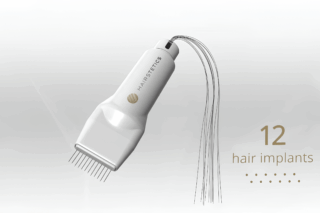Healthcare delivery is adopting retail strategies through innovations like Community Diagnostic Centres in shopping hubs, which enhance patient experience and reduce system pressures.
At the 2025 European Healthcare Design Congress, industry thought leaders converged to examine how healthcare systems can adapt to evolving public expectations. A central theme was how lessons from the retail sector—particularly its focus on experience, convenience, and community engagement—are reshaping modern healthcare delivery.
Ibrahim Ibrahim, Managing Director of Portland Design and a top retail strategist in 2024, presented a compelling keynote titled The Future of Healthcare Experience: Lessons from Retail, in which he addressed the changing dynamics between service providers and consumers—now more accurately described as healthcare users.
READ: Why Enclosed Malls Are Transforming into Healthcare Centers
Redefining the Patient-Provider Relationship
Ibrahim described a fundamental realignment in how consumers (and by extension, patients) interact with institutions. The contemporary patient expects personalization, transparency, wellness-oriented experiences, and on-demand access—values heavily shaped by digital consumer culture. He identified 11 key expectations driving this shift:
- Freedom of choice
- Personalization
- Instant gratification
- Hybrid physical-digital experiences
- Integrity and openness
- Lifelong learning
- Entertainment
- Wellness integration
- Constant innovation
- Flexibility in engagement
- Community involvement
For healthcare providers, this signals a necessary departure from the traditional transactional model. Instead, success in future healthcare delivery will rely on emotionally resonant, accessible, and community-integrated services.
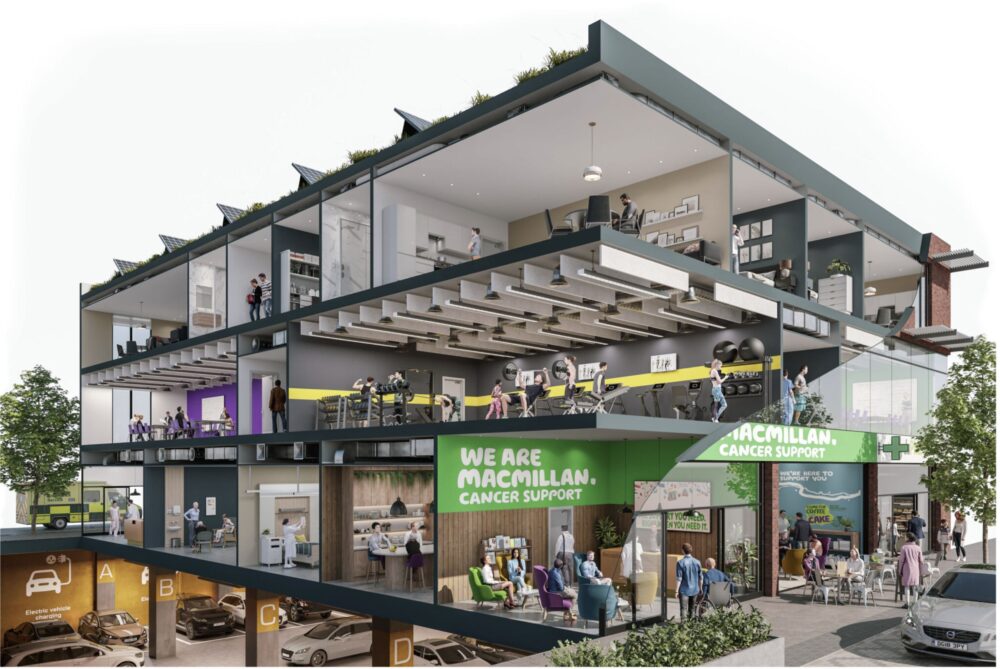
For more information, ADP Architecture’s white paper ‘Shopping for Health’ is available here.
From Clinical Enclaves to Community Anchors
The retail model, which prioritizes consumer experience and efficient access, offers actionable frameworks for healthcare. According to Ibrahim, 40% of existing retail space is ripe for reinvention—presenting a significant opportunity for healthcare systems to expand in a way that is both patient-centered and operationally agile.
This vision is already becoming reality through the strategic expansion of Community Diagnostic Centres (CDCs) in England. As of mid-2025, over 165 CDCs are operational across the country, many located in non-traditional venues such as shopping centres, university campuses, and even football stadiums. These centres provide rapid, local access to diagnostics—CT, MRI, X-rays, ultrasounds, and blood tests—outside the hospital setting.
Recent NHS data (March 2025, Cabinet Office) confirms that these decentralized diagnostics have delivered over 9 million tests to date, significantly alleviating hospital pressures and reducing patient wait times. Many CDCs now operate 12 hours a day, seven days a week, enhancing availability and convenience for working patients and those with complex schedules.
Healthcare as a Place-Making Strategy
Far from simply being about physical location, Ibrahim argues, “placement is more akin to anthropology than architecture.” This means designing around real-life patient journeys—offering care within the rhythms of everyday life. Strategic co-location of healthcare services with retail and cultural amenities has a dual effect: it reduces barriers to access while revitalizing underutilized commercial real estate.
Examples abound:
- James Williams Healthy Living Centre, set to open in the Pentagon Shopping Centre (Chatham), will offer expanded services beyond primary care—including diagnostics, public health interventions, and community outreach programs.
- In Wood Green, London, the NHS has expanded its diagnostic centre at The Mall, demonstrating the scalability of these hybrid healthcare-retail models. This center received a Building Better Health Care award.
- A proposed health hub in Broadstairs, Kent, will transform a former university building near Westwood Cross shopping centre into a fully integrated diagnostic and primary care facility.
These are not one-off projects—they signal a national pivot in NHS infrastructure strategy toward localized, accessible, and prevention-oriented care.
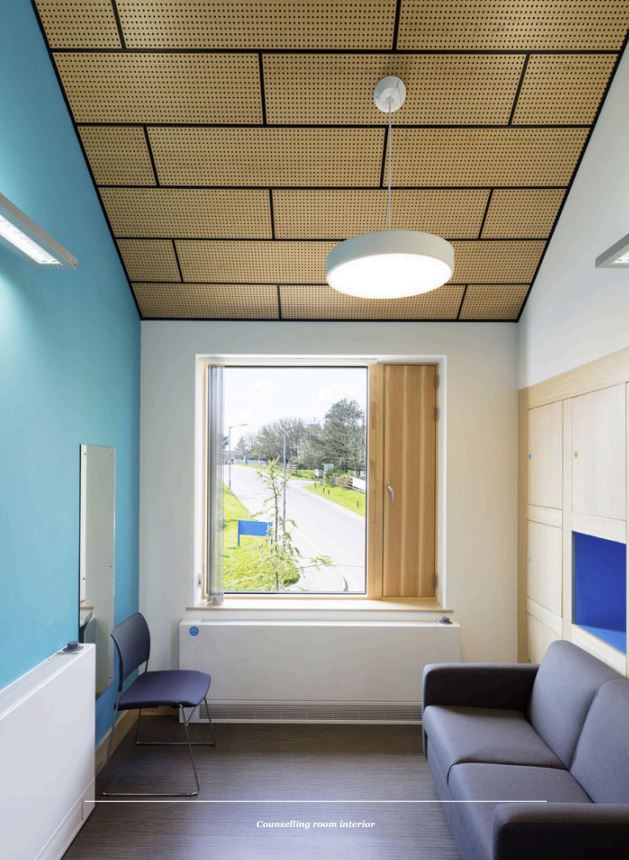

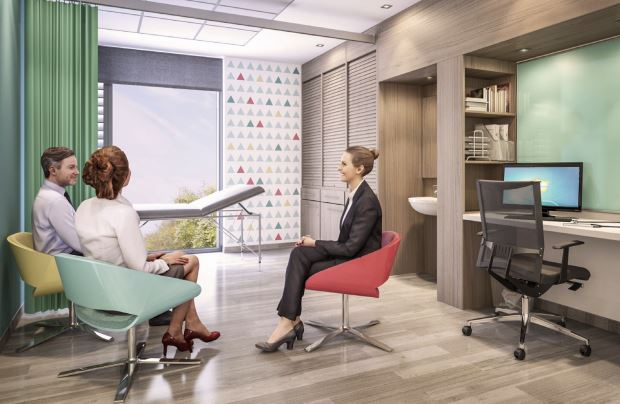
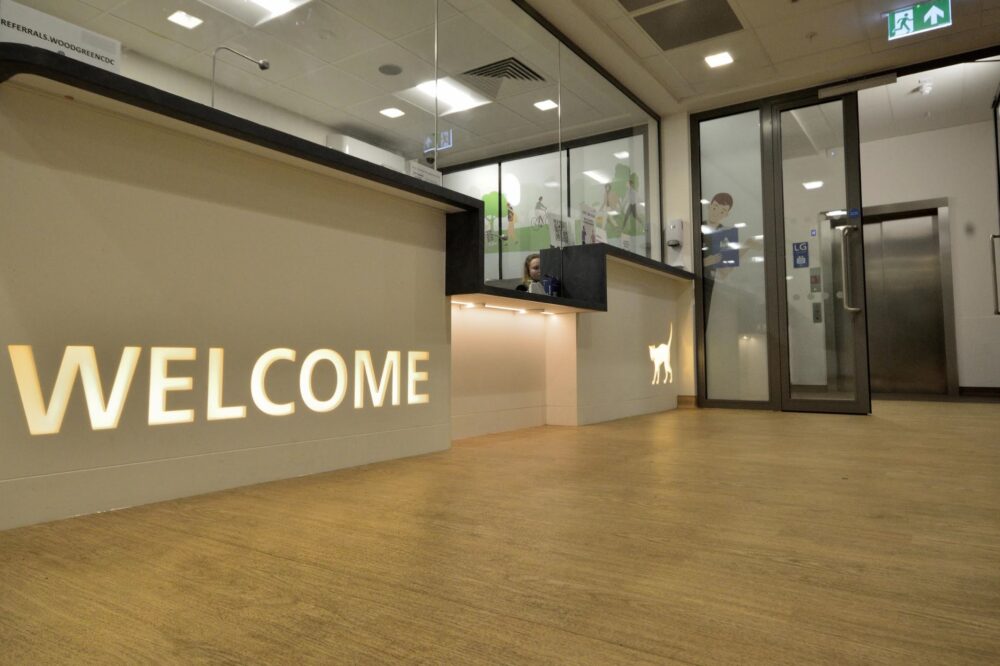
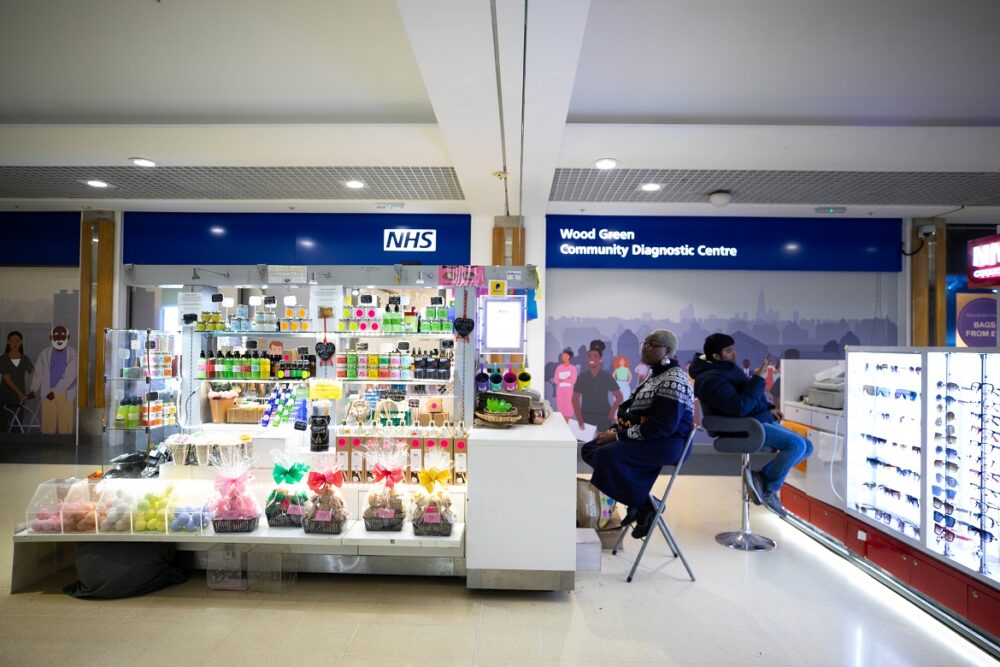
Designing for Clinical Performance and Human Experience
Crucial to the success of CDCs and other integrated health hubs is their clinical functionality and infection control performance. Medical-grade interior infrastructure—such as the fitted furniture systems developed by David Bailey Furniture—play a central role in delivering hygienic, ergonomic, and durable clinical environments.
According to Managing Director Tony Huggins, “fitted furniture made from seamless, non-porous materials supports infection prevention protocols and enables safer, more efficient clinical workflows.”
Well-designed environments also influence provider wellbeing, reducing physical strain and facilitating better team communication—factors directly linked to improved clinical outcomes and patient satisfaction.
Wellness, Community, and Future-Proofing Care
Healthcare is not only expanding its footprint—it is redefining its purpose. Nike’s Well Collective and wellness-focused community models like the Offline Club (digital detox + co-working + cafés) are integrating mindfulness, fitness, and nutrition into everyday environments. These models resonate strongly with public health goals.
By integrating such wellness services into retail spaces, the NHS and other systems can meet patients where they are—physically and psychologically—while promoting healthier lifestyles.
Designing Healthcare That Lives Where People Live
The intersection of healthcare and retail is not merely a convenience—it’s a clinical imperative. By embedding services within the community and offering them in approachable, familiar, and functional environments, health systems can better meet modern patient expectations.
The evidence is compelling: integrated diagnostic hubs in community settings improve accessibility, drive earlier intervention, reduce hospital burden, and support population health outcomes. As Ibrahim emphasized, the future of healthcare must be human-centric, not space-centric.
For healthcare leaders, architects, and policy-makers, the message is clear: to design healthcare for the future, we must first understand the evolving lives of our patients.
References:
- Cabinet Office (2025). Community Diagnostic Centres: Improving Access. GOV.UK
- Huggins, T. (2025). How Community Diagnostic Centres in Shopping Hubs Are Transforming the NHS. Health Estate Journal
- Ibrahim, I. (2025). The Future of Healthcare Experience: Lessons from Retail. European Healthcare Design Conference, Royal College of Physicians






